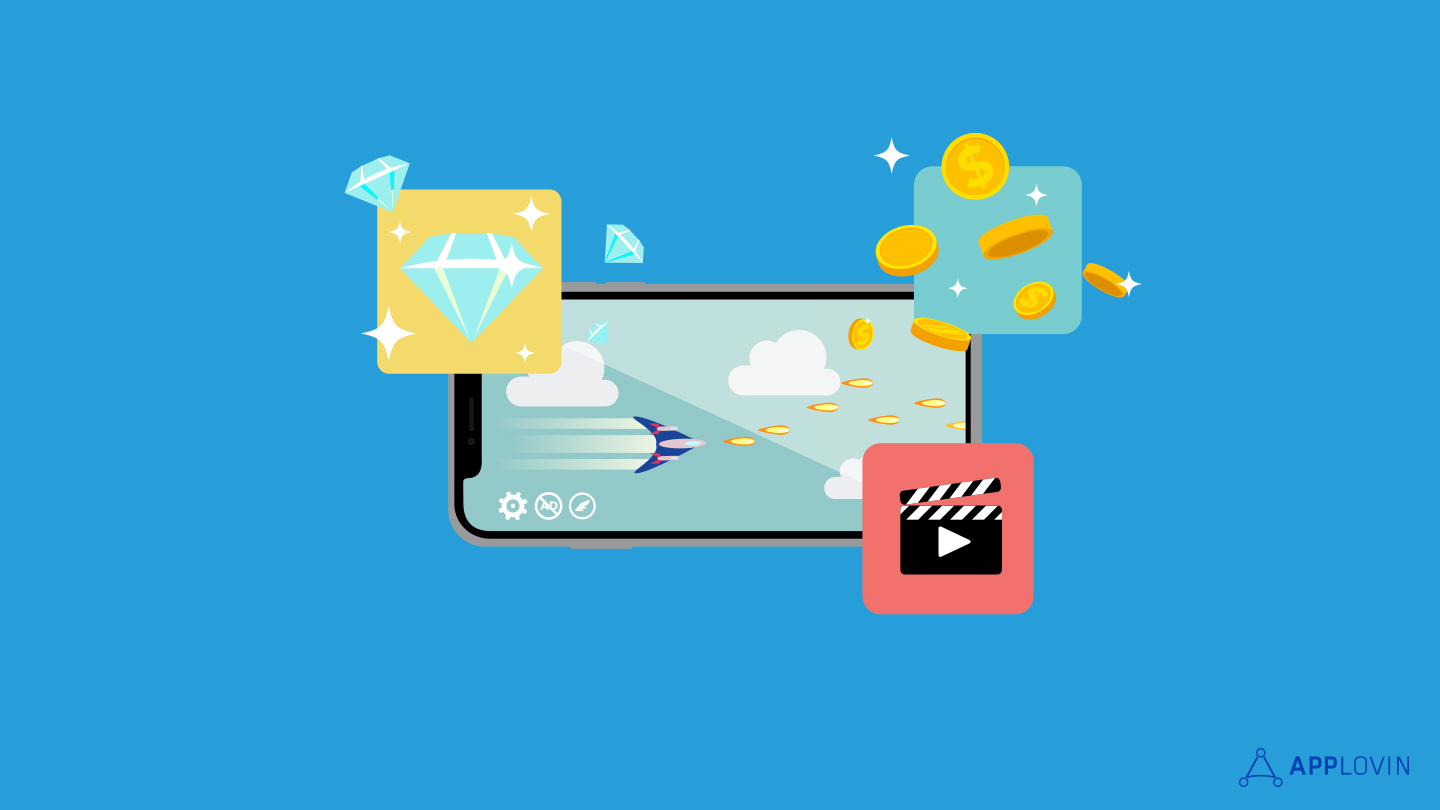Industry News & Events, Monetization
How Metagaming is Changing Casual Game Monetization
May 9, 2019

Industry News & Events, Monetization

It’s hard to believe that the App Store is only a decade old. When the App Store first came to market in 2009, developers adopted monetization models from the desktop and console industries, charging a flat rate. Early mobile games like Crash Bandicoot Nitro Kart 3D and Rolando charged $9.99 but pricing changed rapidly. Thanks to the popularity of Angry Birds and its rock-bottom $0.99 price, consumer perception of what a mobile game should cost plummeted. This forced the entire mobile games industry to come up with new ways to monetize, giving rise to the free-to-play model.
Today, mobile game developers continue adapting to new monetization trends. One trend we’ve seen take off recently is the use of metagaming to drive engagement and thus, more revenue for developers. For the unfamiliar, metagaming is basically a game within a game. Think of a racing game that allows players to collect cars. While racing is the core game mechanic, the garage-building mechanic is a form of metagaming that gives players an additional goal.
While the use of metagaming in mobile games isn’t new, it has traditionally been found in mid and hardcore games. That’s quickly changing with more casual game developers adopting metagaming to increase engagement, which increases monetization via a mix of advertising and in-app purchases (IAP). Let’s dig into why metagaming works and how it’s changing casual game monetization.
In order to understand why casual games are adopting metagaming, it’s necessary to examine the genre where it’s most popular. Role-playing games (RPGs), which are considered hardcore because of their highly engaged players, use lots of metagame elements and as a result, bring in much higher revenue per user than casual games.
However, hardcore games like RPGs face their own problems with research showing that just 0.19% of mobile gamers were responsible for half of all revenue in IAP-based games. For a time, hunting for these high-value players (also known as “whales”) worked but the strategy was unsustainable and developers were tasked with finding other ways to increase revenue.
This gave rise to ad monetization which is scalable and sustainable. Today, it’s the standard across casual free-to-play mobile games and savvy developers have realized that the metagames that make hardcore titles so engaging can also work in the casual genre.
The strength of metagaming in casual games lies in its ability to retain players. Metagames provide players more content, additional goals, and the satisfaction of achieving multiple goals at the same time. For example, Lion Studios (a division of AppLovin) just launched Mr Bullet, a puzzle shooter, and it’s a good example of the effective use of metagaming. Shooting to solve puzzles is the core game, but the metagame of collecting different suits, using grenades instead of a pistol, and various mini-games keep players coming back for more.
Instead of giving players a singular (sometimes monotonous) task, metagaming adds subtle complexity that makes casual games more rewarding. When players are engaged with a game, developers have more opportunities to increase revenue by offering in-app purchases or ads. Rewarded video is particularly effective in helping drive more revenue when combined with metagames.
The mobile games industry is constantly maturing to the needs of developers and players, and metagaming is a great example of this. Metagaming is now a crucial part of casual games because of its ability to keep players engaged and therefore, helping developers increase revenue.
It’s impossible to predict what monetization trends will be next but it’s important to balance what players want and what makes sense from a business perspective. The best way of achieving this compromise is by offering players a sense of value and a reason to invest in your game over the thousands of others.